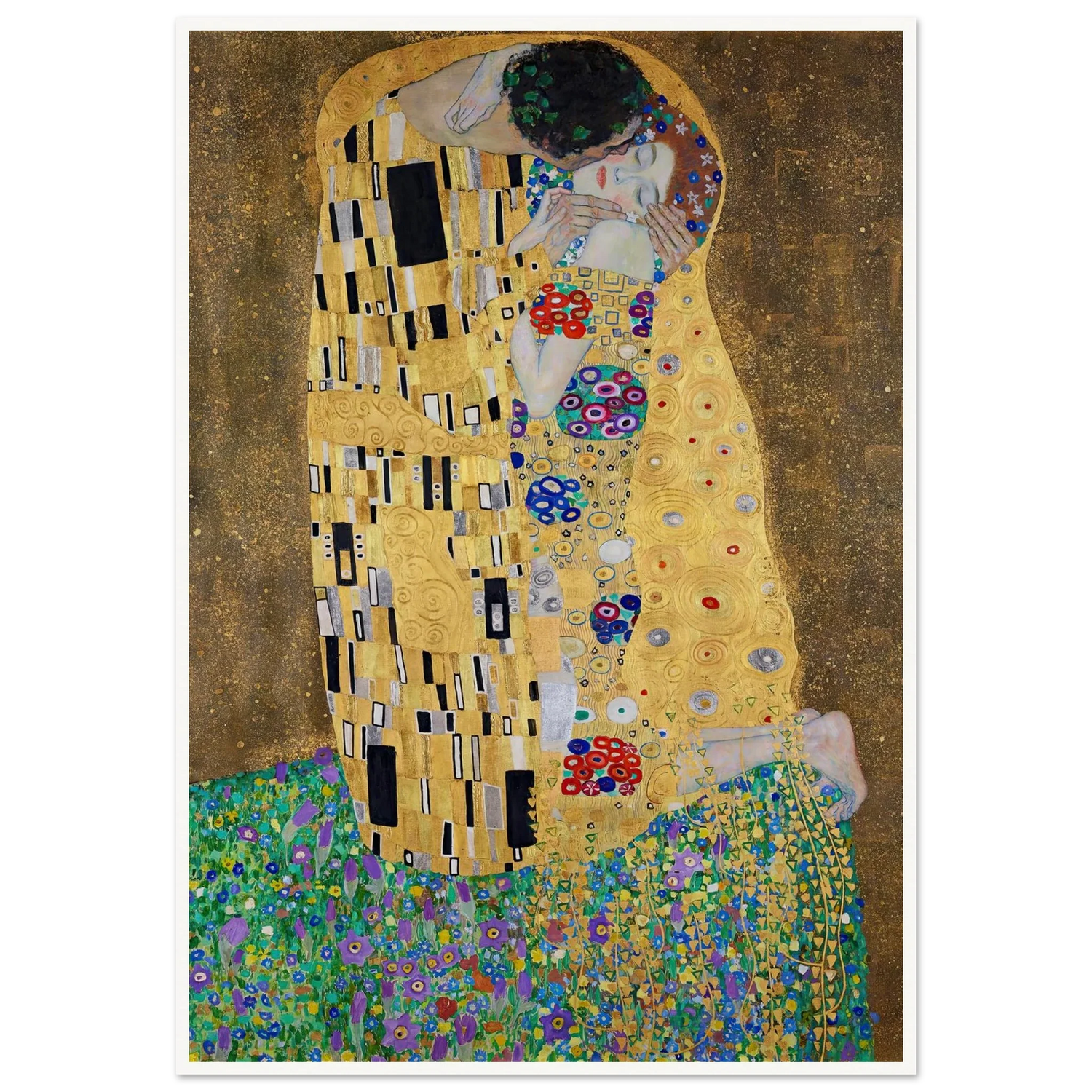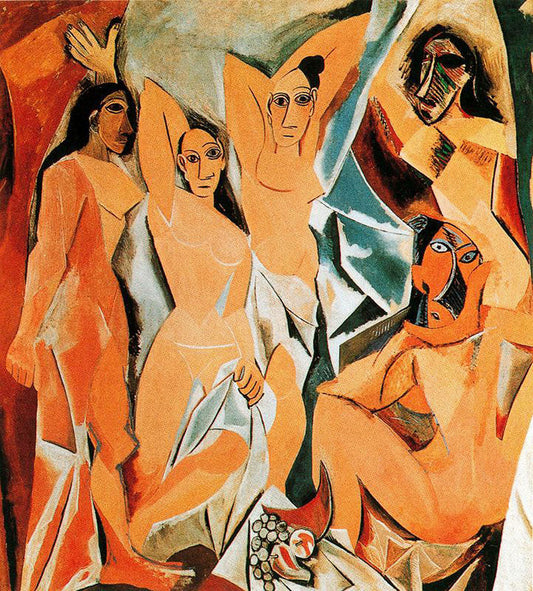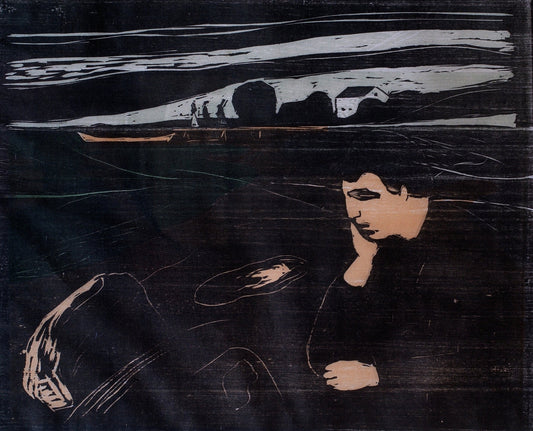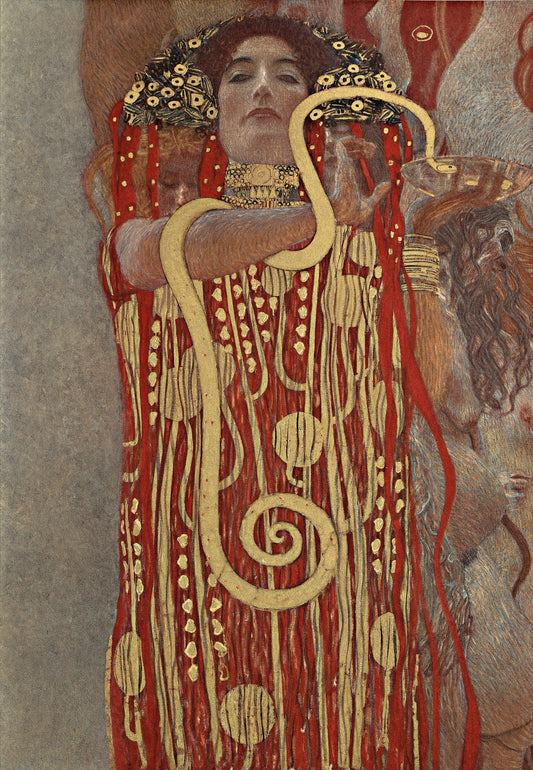Winter Scenes in Shin-Hanga: Kawase Hasui’s Subtle Mastery
Share
Kawase Hasui’s winter landscapes in the shin-hanga tradition exemplify subtlety, restraint, and quiet beauty. Snow, fog, and frost transform ordinary streets, temples, and bridges into contemplative spaces. Hasui does not dramatize winter. Instead, he observes the nuances of light, shadow, and texture, allowing nature’s stillness to communicate mood and depth.
In Izumo, Yasugi Kiyomizu (Yasugi Kiyomizu Temple at Izumo) (1926), snow blankets the rooftops and streets of a quiet district. The muted grays and blues convey cold, yet there is warmth in the composition. Trees and structures are simplified but deliberate, guiding the viewer through the scene with calm precision. The snow is not static; it suggests weight, temperature, and passage of time. The work embodies the serenity of winter while hinting at human presence.

Hasui’s Morning Snow at Kanazawa (1932) explores reflection and texture. Ponds mirror bare trees, roofs, and sky. The soft brushwork captures the delicate interplay between surface and shadow. The viewer senses the quiet motion of snowflakes, the crispness of air, and the fleeting quality of morning light. These small, almost imperceptible details define the emotional resonance of the scene.
Even urban streets under snow reveal Hasui’s mastery. Snowy Street, Asakusa (1931) combines architecture, light, and weather into a unified composition. Lanterns glow softly, footprints suggest movement, and the snow muffles sound. Hasui creates not only a visual impression but an atmospheric experience. The viewer feels present in the scene, sensing both stillness and subtle human activity.
Hasui’s winter prints demonstrate his delicate balance between realism and artistry. Snow, ice, and fog are rendered with precision yet retain poetic ambiguity. Light and shadow, line and form, combine to evoke emotion. The artist’s subtlety allows the viewer to linger, to notice texture, rhythm, and spatial harmony.
Ultimately, Hasui’s winter landscapes are lessons in observation and quiet contemplation. By focusing on subtle changes in light, weather, and form, he elevates the ordinary into art. These works are not merely records of place. They are meditations on the ephemeral, invitations to slow down, and reminders that beauty often resides in restraint and attention.





